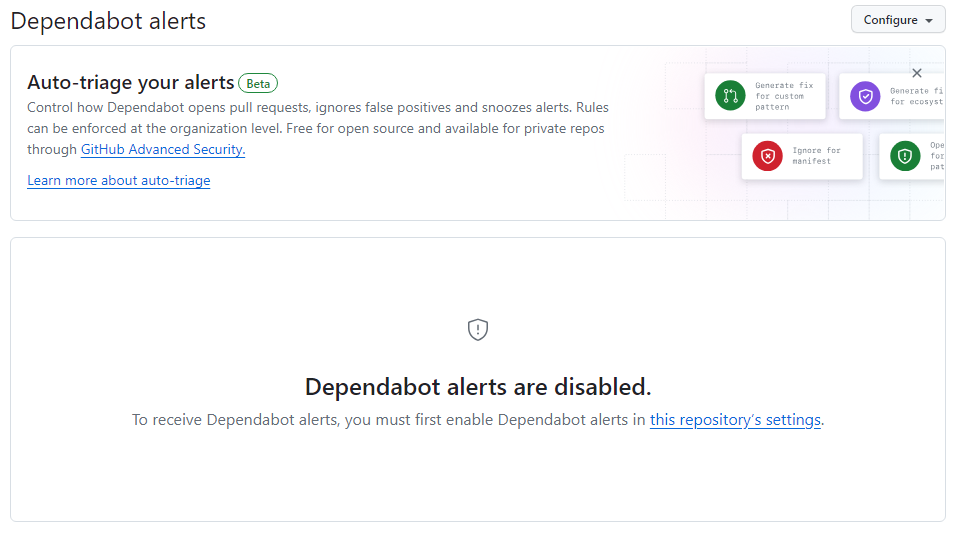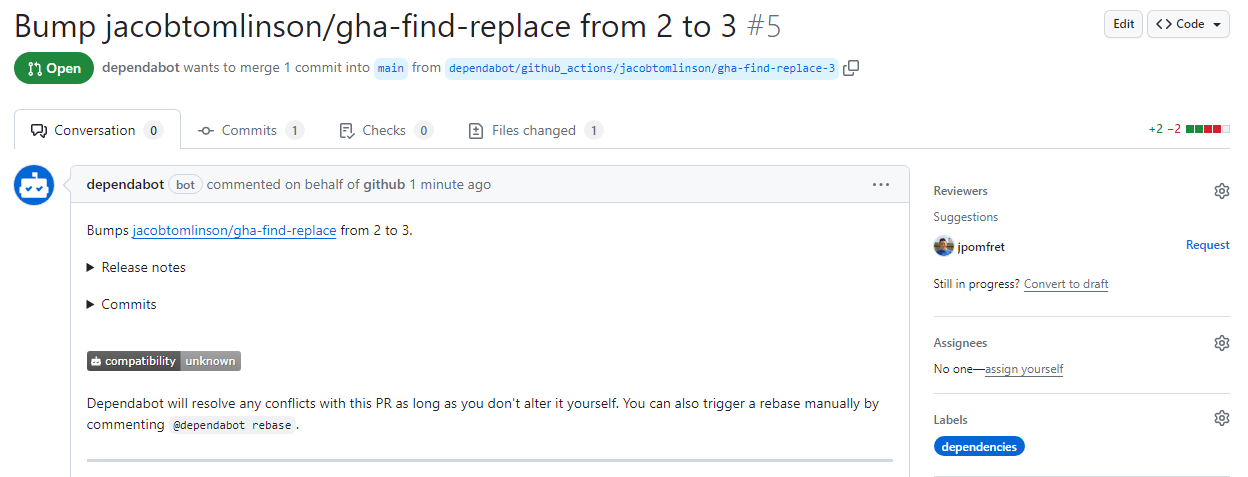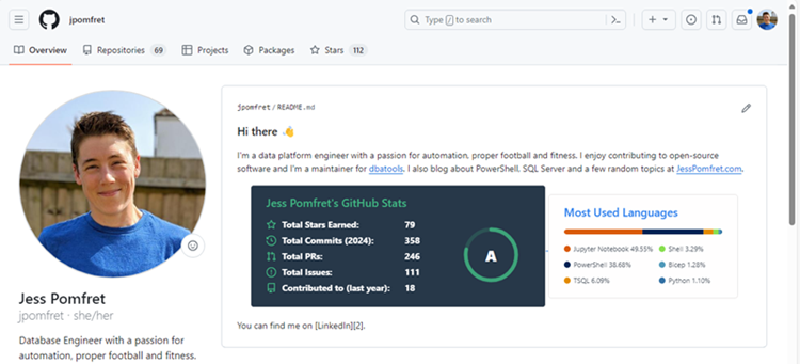GitHub actions allow us to automate so many tasks relating to our GitHub Repositories - this could be anything from full CI\CD pipelines that build, test and publish code, to smaller tasks like adding a triage label to any new issues that need a first review. As you start to look more at GitHub Actions you’ll realise the possibilities are endless. You can even call REST endpoints, so that could be an Azure Function - and well, with Azure Functions the sky is the limit on what you can build.
GitHub actions can execute on a schedule, or when a certain event happens within your repository. In the previous example for tagging issues, the event that would trigger the action would be a new issue being created. As soon as this happens GitHub Actions fires up a runner and executes the workflow you have defined. I should probably write an intro post to this topic, on how to create your first GitHub Action (I’ll add that to the ideas list for now!), but this post is instead aimed at how we keep our actions up-to-date.
Actions
When you write a GitHub Action workflow, that’ll accomplish some task for you, you use reusable chunks of code called actions. These actions can be written by you, and stored in your repo, or they can be written by the third parties and accessible through the GitHub Marketplace.
Actions, as you’d expect with any developed software have versions, and you specify in your workflow files which version to use, and then once your actions are running and working perfectly you just, forget about them. Who goes back through all their repos to check the action versions they are using and updates where possible? This is why we need a little help from dependabot.
Dependabot
Dependabot is GitHub’s really clever answer to helping us all keep our dependencies up-to-date. It can handle many package types, but for today we’re just focusing on keeping our GitHub Actions up-to-date. If you depend on other things like Go modules, Docker containers or even Terraform modules you can add additional configurations to your dependabot setup to watch for new versions of those too.
Enable Dependabot
The first thing we need to do is enable Dependabot.
We can do that by visiting the Dependabot page within our repository’s security settings. You can access the dependabot page from the Security tab on your repository or navigating to the equivalent of this link https://github.com/<<GitHubOrg\User>>/<<Repo>>/security/dependabot. When you get here if dependabot isn’t enabled you’ll see the following page, and you’ll want to follow the link to this repository's settings.

The Dependabot setting page within your repo
There are three layers, or pieces to this puzzle that we need to enable for our final solution today - and they are all on the Code security and analysis page of your repository settings, the link is: https://github.com/<<GitHubOrg\User>>/<<Repo>>/settings/security_analysis.
- Dependency graph - this is enabled for all public repositories by default, but if you’re working on a private repo you’ll need to enable this first.
- Dependabot alerts - this enables dependabot to notify you when there are dependencies within your dependency graph that need to be updated.
- Dependabot version updates - this builds on top of the alerts to automatically open a PR against your repository to update the out-of-date dependency.
The good news is, when you try and enable dependabot alerts, it’ll prompt you that it depends on the dependency graph and that will also be enabled in one go.

Prompt to enable both alerts and dependency graph
Once the prerequisites are enabled, press enable for Dependabot version updates and we’ll be taken to edit the dependabot.yml file.
Configure Dependabot
Once dependabot is enabled, the next step is configuring what we want to keep an eye on. As I’ve mentioned there are a lot of package ecosystems that can be monitored by dependabot - but we’re looking specifically at our GitHub Actions. Similar to our GitHub Action workflows, the dependabot configuration is a yaml file called dependabot.yml that is saved within the .github folder of your repo. You can either write this in your favourite code editor and push it to the repo, or by pressing enable for Dependabot version updates you’ll get the chance to configure it within the browser.
The structure is as follows, and for GitHub Actions, all we have to do is enter a parameter for package-ecosystem - which is github-actions. The directory can be left as "/" as GitHub knows where the workflow files to check live already.
| |
Commit this change, and get it into the main branch, probably by Pull Request if you have your branches protected (which your main branch probably should be). As soon as this happens dependabot will conduct an initial scan, after this it’ll happen on the interval defined in the configuration.
Fix those out-of-date dependencies
Well this is the really easy part - if dependabot finds any GitHub Actions where newer versions are available it’ll open a PR to bump the version.

PRs automatically opened to bring us up-to-date
If you dive into one of the PRs that were opened you can see that not only does it make the suggestion to change your code, it also pulls in the appropriate release notes and commits. This means from one screen you can easily see what’s changed and make a decision on whether you should accept this PR and update your actions.

PRs automatically opened to bring us up-to-date
I think this is really neat, and as you build more and more repos of code this’ll make it really easy to ensure you are secure with up-to-date action version.
